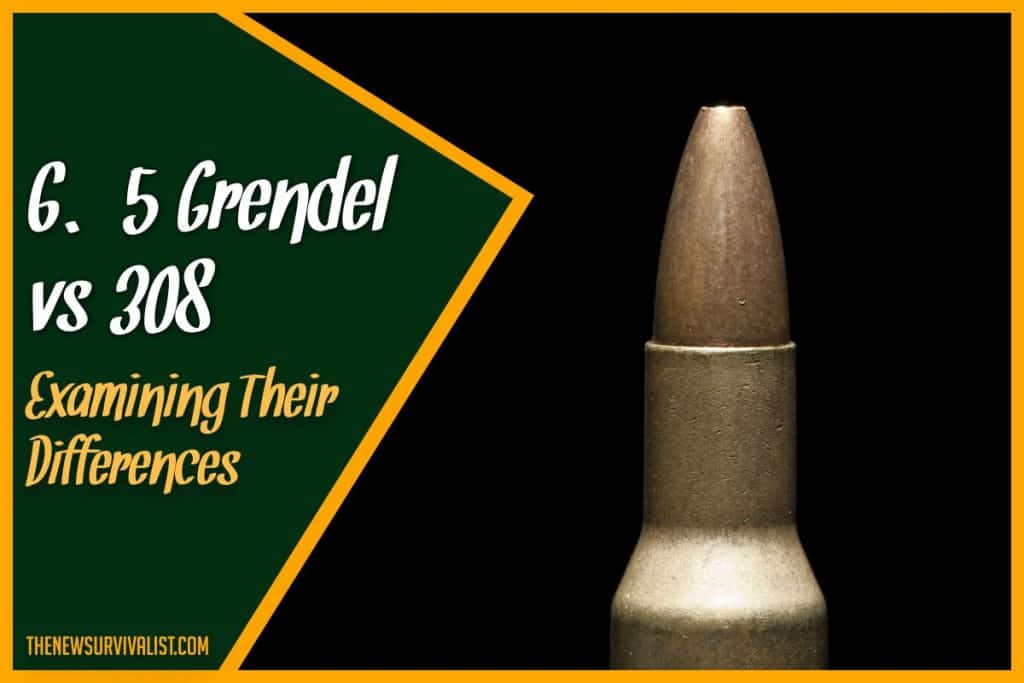Since the inception of the paper cartridge in the late 1500s, cartridges have come a long way, passing through several different stages of development. Today, these have become the cornerstone of the ammunition industry. Among them, 6.5 Grendel and .308 Winchester are the two standout performers in the present time.
Both the 6.5 Grendel and .308 are centerfire rifle rounds typically used for hunting and long range target shooting. Since they descended from different parental cartridges, there lies some significant differences in their shape, size, velocity, recoil and energy. These differences are as follows –
6.5 Grendel
- Specifically designed for AR-15
- Smaller and lighter bullets
- Shorter overall length and case length
- Smaller rim diameter
- Lower recoil
- Short, light, and flexible barrel
- Lesser muzzle velocity
- Lessee muzzle energy
- Lower ballistic coefficient (in short range)
- Economical
- Suitable for medium range hunting
.308 Winchester
- Mainly used in AR-10 platform
- Longer overall length and case length
- Larger rim diameter
- Longer and heavier bullets
- Higher recoil
- Large ammunition options available
- Higher muzzle velocity
- Higher muzzle energy
- Better suited for long range hunting
- Higher ballistic coefficient (in short range)
- Low wind deflection
The Grendel was introduced in 2003 by Bill Alexander whereas the .308 was unveiled in 1952 by the Winchester Repeating Arms Company.
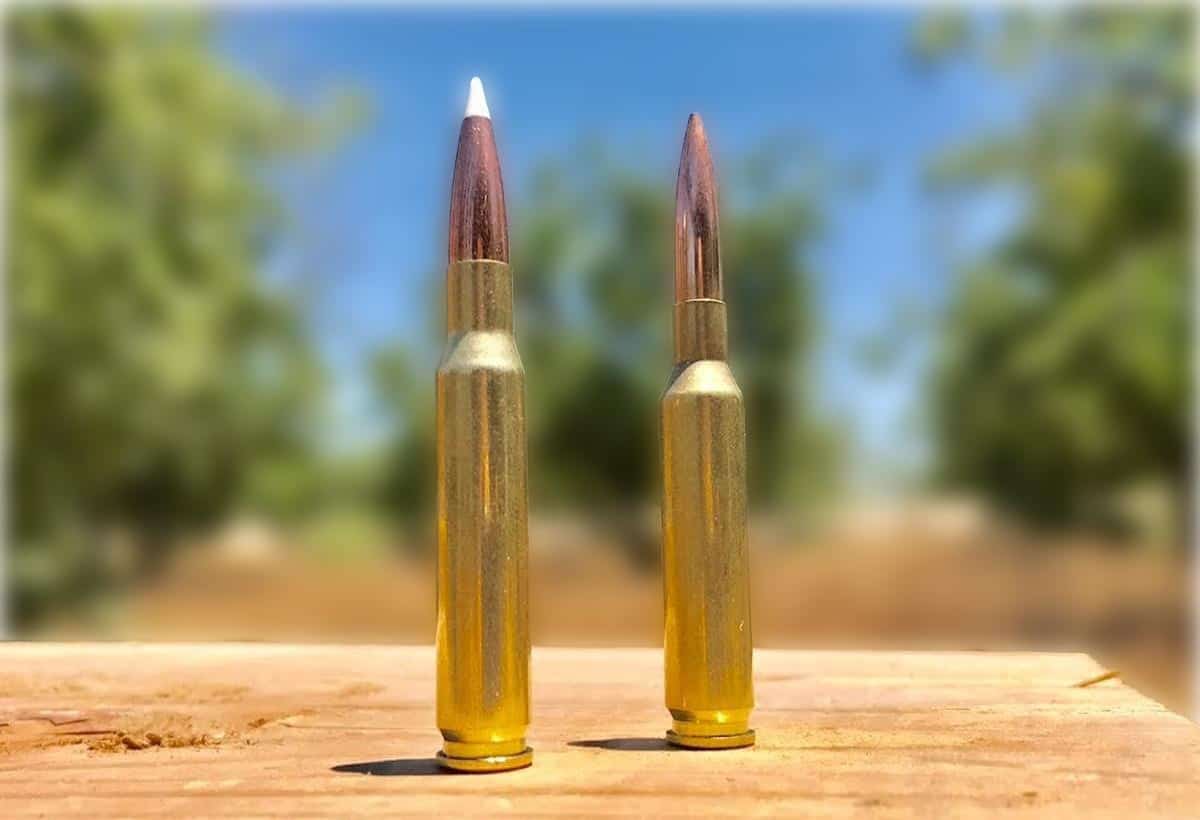
Specifications Table
| Cartridge | 6.5 Grendel | .308 Winchester |
| Released | 2003 | 1952 |
| Overall Length | 2.26 – 6.5 Grenald | 2.81 Winchester |
| Rim Diameter | .438 inches (11.2 mm) | .473 inches (12.01 mm) |
| Neck Diameter | .293 inches (7.44 mm) | .343 inches (8.72) |
| Shoulder Diameter | .428 inches (10.87 mm) | .454 inches (11.53 mm) |
| Base Diameter | .439 inches (11.15 mm) | .471 inches (11.96 mm) |
| Rim Thickness | .059 inches (1.5 mm) | .054 inches (1.37 mm) |
| Bullet Diameter | .264 inches (6.71 mm) | .308 inches (7.8mm) |
| Case Length | 1.52 inches (38.7 mm) | 2.015 inches (51.2 mm) |
| Parent Case | .220 Russian | 300 savage |
| Case Capacity | 35.ogr H2O (2.3 cm3) | 56.ogr H2O (3.6 cm3) |
| Maximum Pressure | 52,000 psi | 62,000 psi |
| Weight of Bullet | 90-130 Grains | 110-180 Grains |
| Primer Type | Small Rifle | Large Rifle |
https://military.wikia.org/wiki/6.5mm_Grendel
https://military.wikia.org/wiki/.308_Winchester
What is a Cartridge?
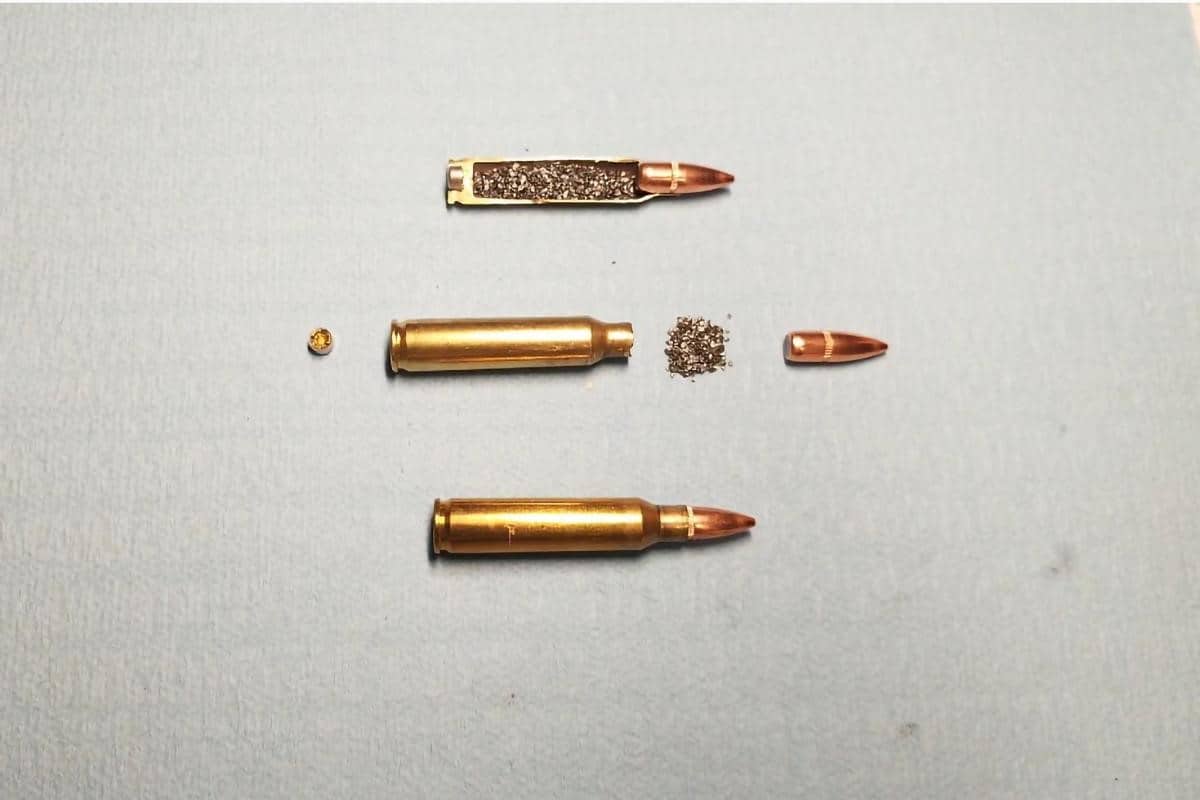
A cartridge is a small case or container that contains explosive powder and a bullet. Precisely, a projectile (bullet), a propellant substance (black powder or smokeless powder), and an ignition device (primer) pre-assembled in a case of the desired size constitute a cartridge.
For pistols and rifles, the case is often made of steel, brass, or copper, while the shotgun “shells” are made of plastic, with their base covered in a thin brass covering.
When struck by the firing pin, the primer, which is an explosive chemical compound, ignites the gunpowder (an explosive consisting of a powdered mixture of saltpeter, charcoal, and sulfur) and the bullet gets expelled from the barrel.
Shape and Size
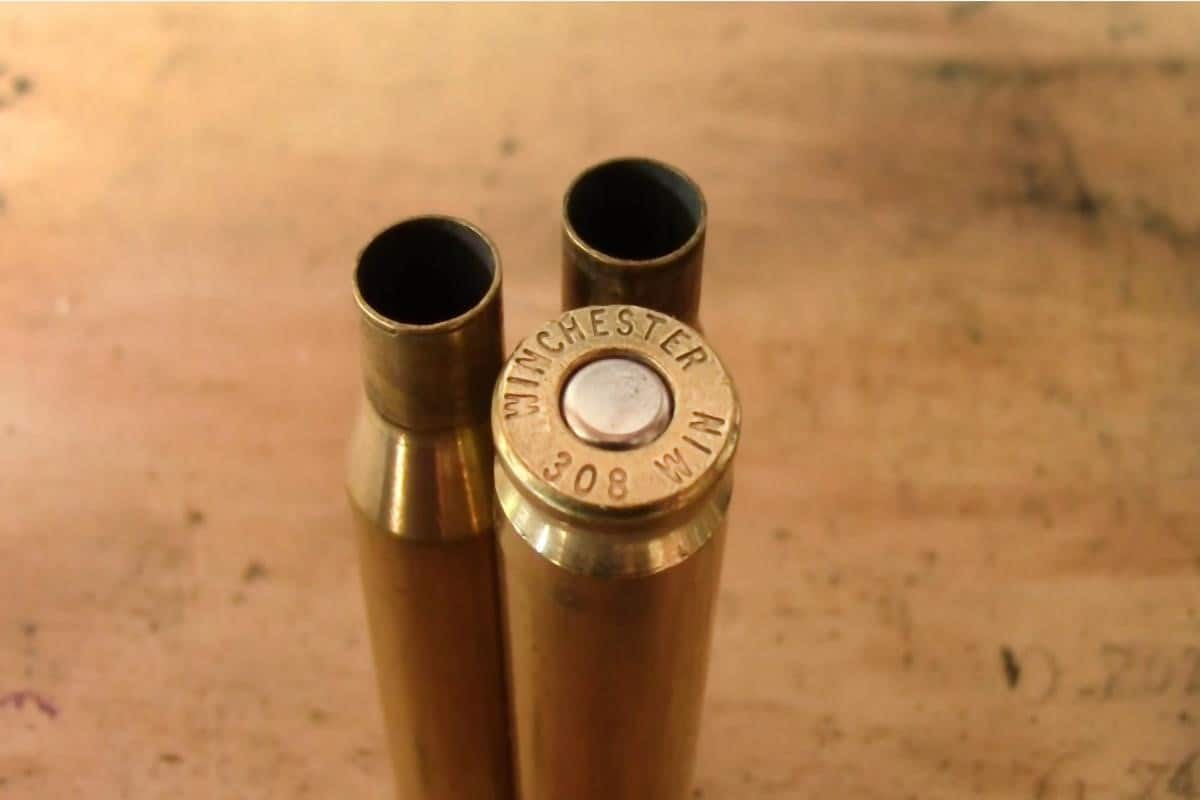
.308 Winchester is a compact, large-size cartridge with an overall length of 70 mm. After the unveiling, it carved out a niche for itself in the popular AR-10 Platform. Its lengthy case (of 51mm) and rim diameter (of 12 mm) make it a popular choice among the preppers.
6.5 Grendel, on the other hand, is a compact, intermediate, and flat shooting cartridge. Being exclusively designed for AR-15 rifles, its size is equal to what the rifle can hold at maximum, that is, 57.5 mm. It has a relatively small case length and rim diameter of 38 mm and 11 mm, respectively.
The frontal surface area of the .308 is comparatively 36% larger than that of the 6.5 due to its large-diameter bullets. Having a longer case, .308 has more powder capacity. The maximum average pressure that pushes the bullet out of the case’s mouth into the barrel is also higher in .308 (62,000 psi) than 6.5 (52,000 psi). But, Grendel 6.5 has a short, flexible, and light barrel that increases the efficiency of the AR-15. It also has a great barrel life of approximately 5,000 rounds.
Weight
The weight of the .308’s bullet is usually heavy, ranging from 110 to 180 grains with the popular sizes of 150 grains, 168 grains, and 180 grains. Though these heavy rounds may not be convenient to carry, they provide more velocity and generate more energy while shooting the target. A large-weight bullet doesn’t deflect much in crosswinds.
On the other hand, Grendel 6.5 has a lightweight bullet that usually ranges from 110 to 130 grains. The bullets of 100 grain, 110 grain, and 123 grain are common in this category. Using this cartridge can save sufficient space and can be very useful in extended hunts where the pistol’s weight becomes a concern for the prepper.
The 6.5 cartridge has an edge on the .308 cartridge due to its high sectional density. Sectional density (SD) refers to the ratio of a bullet’s mass to the square of its diameter, and it gives the bullet’s penetration capacity. Other things being equal, a bullet having a smaller and lighter diameter can expand and penetrate better than a heavy and long bullet having a small sectional density.
Recoil
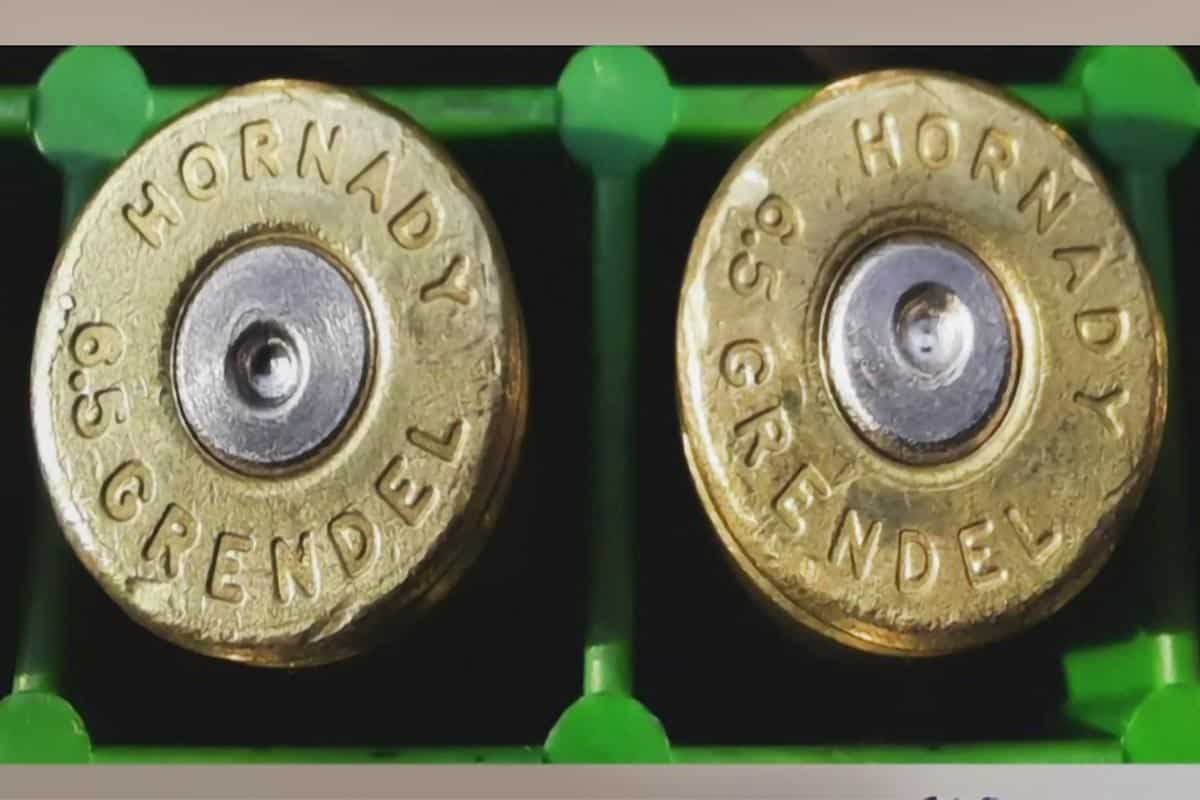
The recoil plays a substantial role while choosing a cartridge. Heavy recoil may not only be fatiguing but may also prove detrimental to the accuracy.
6.5 Grendel, due to its lighter bullet and lower velocity, exerts less backward force. Further, it facilitates the user with an extra second to make better shot placement to achieve the target. On the other hand, a .308 cartridge generates 2-3 times the recoil of a 6.5 due to its heavyweight and high velocity.
So, 6.5 Grendel has an edge on .308 Win in terms of recoil. A lesser recoil in the former enables its user to maintain high accuracy for a long duration.
Ammunition Options
Since .308 is ruling the market for decades, a large number of ammunition options are available for it. Almost every big ammunition company, including Barness, Browning, and Hornady, produces a wide range of this cartridge for hunting.
However, for 6.5, the market is slightly new, and its ammunition options are a little less in number in comparison to the .308. It is produced mainly by the American Eagle Lines and the Hornady. But, with its growing popularity, it is safe to assume that its new options will soon rule the market.
Ballistic Coefficient
The ballistic coefficient indicates the bullet’s ability to resist the air/wind drag and cut through it. It generally lies in the range of 0.12 to slightly above 1. A higher coefficient means a higher ability and vice versa. A high ballistic coefficient also means enhanced resistance to crosswind and a straighter trajectory.
While it may not be a concern in the case of short-range shooting, this coefficient must be looked into if one is going for the long-range. This coefficient depends on the shape, size, weight, and velocity of the bullet. Hence, in short ranges, .308 has a higher ballistic coefficient as compared to the Grendel, but in longer ranges, the Grendel has an upper hand.
6.5 Grendel Ballistic Performance
| Bullet Mass/Type | Velocity | Energy |
| 90 gr (6 g) Speer TNT | 2,880 ft/s (880 m/s) | 1,658 ft⋅lbf (2,248 J) |
| 108 Scenar (moly) | 2,790 ft/s (850 m/s) | 1,866 ft⋅lbf (2,530 J) |
| 120 gr (8 g) Norma FMJBT | 2,700 ft/s (820 m/s) | 1,942 ft⋅lbf (2,633 J) |
| 123 gr (8 g) Sierra Matchking | 2,650 ft/s (810 m/s) | 1,917 ft⋅lbf (2,599 J) |
| 130 gr (8 g) Norma | 2,510 ft/s (770 m/s) | 1,818 ft⋅lbf (2,465 J) |
https://military.wikia.org/wiki/6.5mm_Grendel
.308 Ballistic Performance
| Bullet Mass/Type | Velocity | Energy |
| 125 gr (8 g) Spitzer | 3,100 ft/s (940 m/s) | 2,668 ft⋅lbf (3,617 J) |
| 150 gr (10 g) Nosler tip | 2,820 ft/s (860 m/s) | 2,648 ft⋅lbf (3,590 J) |
| 168 gr (11 g) BTHP | 2,650 ft/s (810 m/s) | 2,619 ft⋅lbf (3,551 J) |
| 175 gr (11 g) BTHP | 2,645 ft/s (806 m/s) | 2,718 ft⋅lbf (3,685 J) |
| 185 gr (12 g) Lapua Mega JSP | 2,510 ft/s (770 m/s) | 2,588 ft⋅lbf (3,509 J) |
https://military.wikia.org/wiki/.308_Winchester
Muzzle Velocity
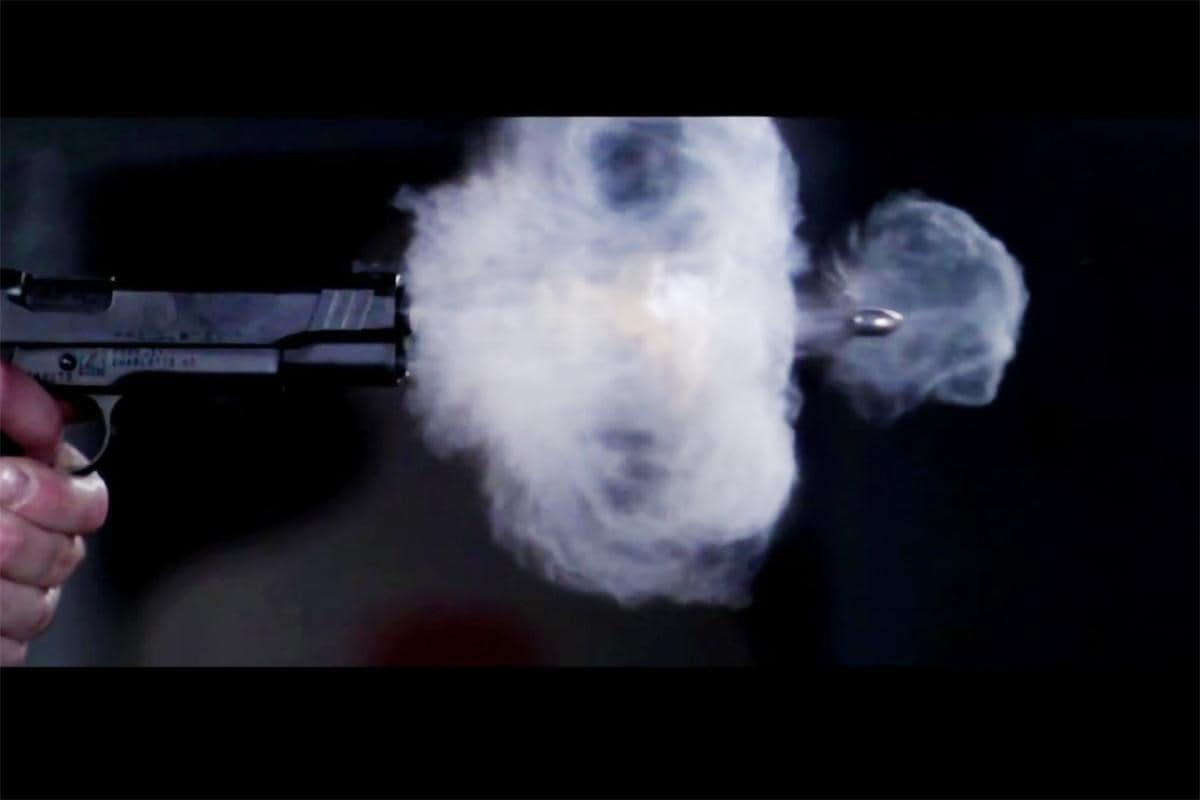
It refers to the measurement of the speed of the projectile after leaving the barrel. This velocity makes a crucial impact on the overall performance of the bullet, particularly on the trajectory, accuracy, and terminal ballistics. A high velocity generally ensures a straight path for the bullet with minimum deflection.
6.5 Grendel generates a muzzle velocity of 2,580 fps. But since the .308 has a comparatively larger case capacity, its bullet is pushed with a higher velocity than the Grendel.
The difference between the velocities of the cartridges is generally higher in the first 100 yards. However, since the Grendel bullets retain their velocities better than the .308 bullets, at a farther distance, Grendel’s velocity not only starts catching up with that of the .308 but even surpasses it at the range of nearly 400-500 yards and more.
Nevertheless, the .308 cartridges always have an edge on the Grendel in deflection through wind drift.
Muzzle Energy
It is the kinetic energy a projectile carries right out of the barrel. This energy is used to assess the bullet’s destructive potential. Other factors being constant, a high and fast-moving bullet generates more kinetic energy.
Since .308 Win uses a heavier bullet that gets fired at a faster muzzle velocity, its muzzle energy is higher than that of the Grendel, which generates a muzzle velocity of 1,818 ft-lbs.
Winchester’s kinetic energy is approximately 40-87% higher than the Grendel in the initial phase. However, since the relative velocity decreases with the distance (as stated before) the difference in muzzle energy starts declining.
Accuracy and Concentricity
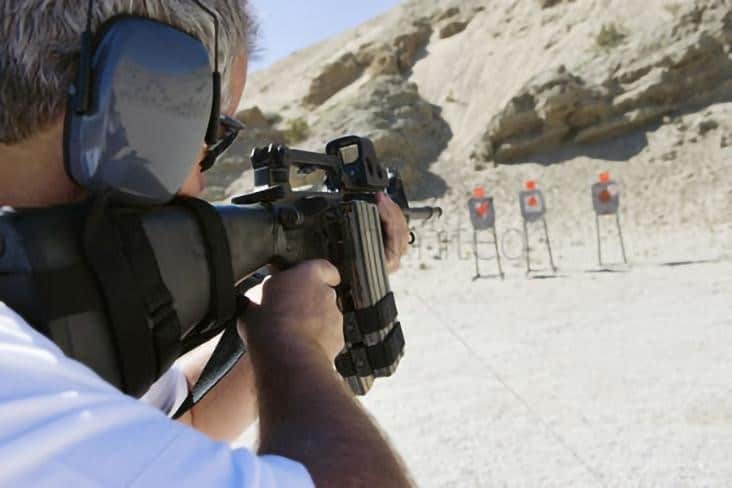
The accuracy of a bullet depends on various factors, which include recoil, muzzle blast, the powder in the case, and the distance aimed. Though both the cartridges are highly accurate, some points are noteworthy.
6.5 Grendel’s low recoil with minimal muzzle flip avoids slight inconsistencies with subsequent rounds, which improves the accuracy of the bullet. It has a small rifle primer that imparts more consistency and accuracy. On the other hand, .308 Win’s heavy streamlined bullets have minimum wind deflection which increases efficiency. Further, the bullet’s large diameter gives the user some extra space for making an error in terms of accuracy. Even in extreme weather conditions, it can hit a range up to 800 meters with sheer accuracy and precision.
The ammunition concentricity measures the straightness of the cartridge along its central axis. This concentricity is determined by a method known as the total indicator runout (TIR) or total indicator reading of the cartridge.
A tool named “concentricity gauge” indicates how many thousands of inches the bullet deviates from the center. If the tool indicates a higher value, the cartridge is said to be having low concentricity. Due to the high size of the bullet, the .308 cartridge has a high concentricity.
Price
Usually, the price of the cartridge is also taken into account while choosing between two cartridges.
Since 6.5 Grendel is designed as per the modern methods with quality control on components, it is comparatively cheaper than the .308 cartridge of similar configuration and quality. For low to medium quality, it is priced at $1.25 per round. Whereas, for higher quality, it is priced at approx $2.50 per round.
Which to pick?
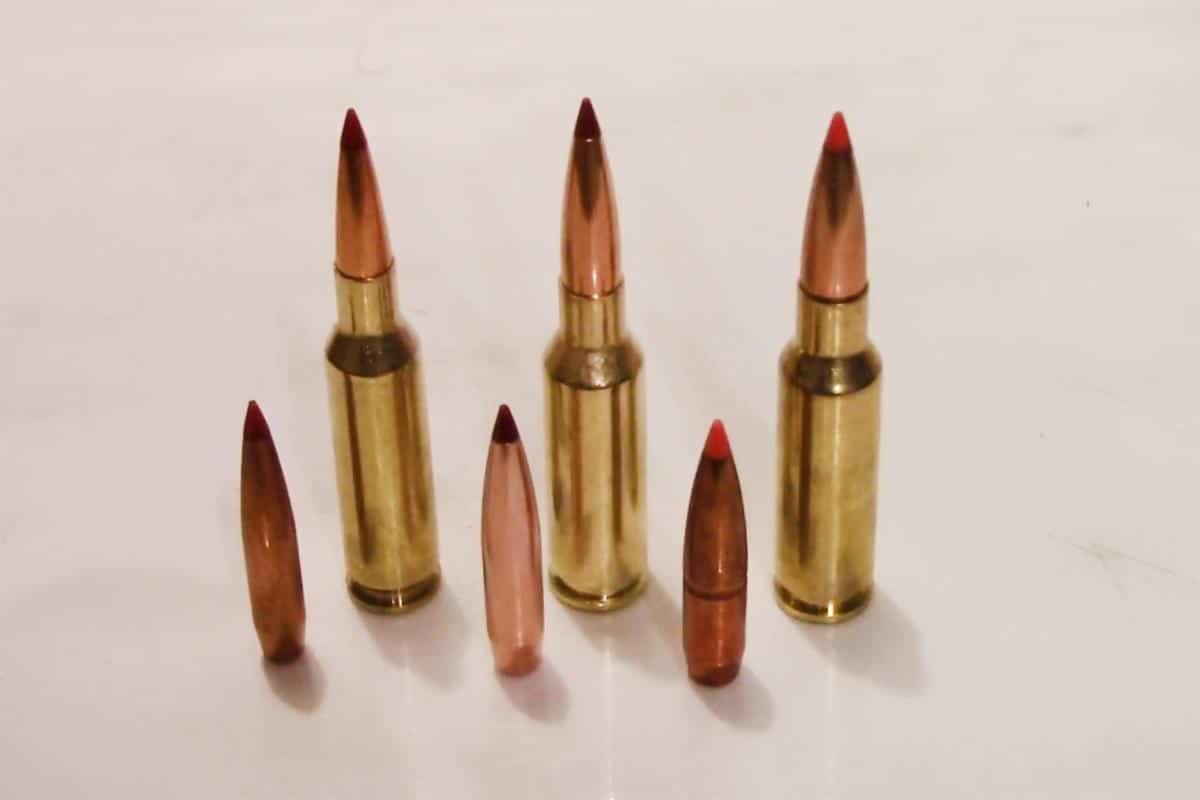
The answer to this question would largely depend on the purpose needed to be served.
As far as hunting within 200 yards is concerned, both cartridges are at par.
.308 Win, however, is a better choice in case one is into long-range hunting since it has got a flatter trajectory with less deflection and delivers more power out past 200 yards. It is also a better choice to hunt large and heavy animals as it shoots heavier bullets with a larger diameter and carries more kinetic energy downrange.
On the other hand, 6.5 Grendel is an amazing choice for a precision rifle where one looks for a round that would suit best for target shooting out past 400 yards or so due to lesser recoil and more speed at long distances.
For personal defense, although both can get the work done, what would make the difference is whether one wants heavier damage or needs to shoot frequently? While 6.5 is powerful enough for the purpose, 308 hits significantly harder – in case the situation demands so. However, since 6.5 is available in a smaller and lighter platform and recoils lesser, it is ideal for frequent shooters due to ease in firing follow-up shots.
In a nutshell, both 6.5 Grendel and .308 Winchester are solid cartridges. But since they were designed keeping different goals in mind, they have significant differences in many aspects. So go out, discover, and choose the best for you!

